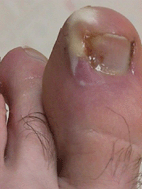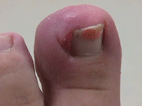Docs wary, govt extends DHS deadline
TIMES NEWS NETWORK
New Delhi: Apprehensive government doctors have thrown a spanner in the works of the proposed Delhi Health Services (DHS) cadre. With the last date of ''opting'' for either the DHS or the central health service to which the doctors currently belong, which was to get over on May 15, only ''a handful'' of the 4,000-odd government doctors have submitted their options. The health department which cannot move ahead with the formation of the cadre without these options, has now been forced to extend the deadline by another two months and is all set for fresh rounds of talks to convince the doctors.
The DHS cadre, one of the long-standing proposals of the department, is being started to put an end to perpetual manpower woes. The hospitals currently draw manpower from the CHS, thus necessitating the incumbents to specify which cadre they want to belong to. Confusion about what rules and pay scales DHS would follow had caused the apprehension among doctors about promotion avenues and other facilities in DHS.
Principal Secretary (health) D S Negi said: ''a meeting with Union health ministry decided that DHS will follow all CHS rules and pay scales. We received the letter only a few days ago. But since the deadline was to get over on May 15, we extended it by two months and will need to talk to them afresh.''
Even after doctors give the options, the department has to do the cadre allotment in consultation with the Union Public Service Commission, he added. Of the 2,500-odd sanctioned posts of general duty medical officers in Delhi government, about 400 are currently vacant. Of the 1,000-odd specialists' posts, 52 are vacant. But the real problem with the DHS plan is the 700-odd ad hoc appointees who are not encadred.
This article was published today in The Times Of India Delhi on page 7.
--
Dr Marwah





